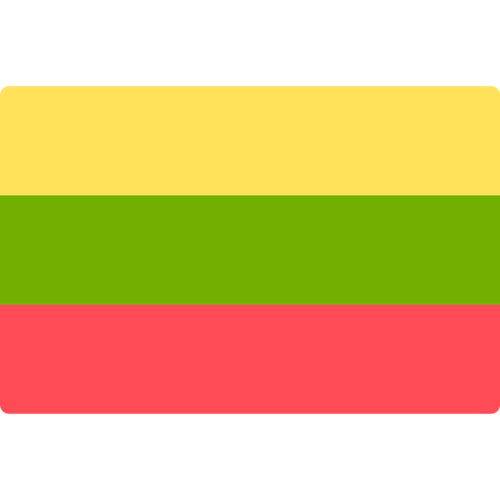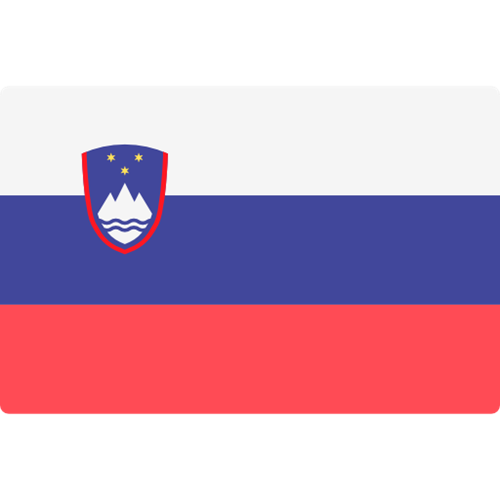Botanical impurities

Julia Dürrstein, Eurofins GeneScan GmbH, Germany
Due to the global sourcing of raw materials, GM (genetically modified) varieties may enter the transport chain as admixture or cross contamination, leading to labelling questions such as how to handle the question of GM soy in corn. An admixture may be determined by physical means, but such a method would not detect traces of GM material that would lead to positive results in the standard qualitative PCR analysis.
A very important aspect of the GM analysis with respect to labelling is the quantitative determination. The standard method (realtime quantitative PCR) determines the ratio of the GM against the relevant species, e.g. GM soy in relation to soy. In the case of botanical impurities another relevant concern is the amount of botanical impurities present in the raw material which can be measured with the modified method of multiple standard addition.

In several European countries GMOfree labelled products can be found on the shelves of retail stores. This claim is increasingly being used as a relevant marketing instrument, influencing customers buying decisions. The claim therefore needs to be proven by appropriate testing. In Germany products can only carry this claim when they conform to the national legislation (EGGentDurchfG). This legislation stipulates the length of time animals need to be fed with GMO-free feed, before the animal products can be labelled as GMO – free. To make sure that the feed conforms to the legislation, appropriate testing has to be conducted by the market operators.
The analytical strategies for feed need to take into consideration the approval situation of different GM varieties. This also includes the varieties that are in the approval process and covered by EU No 619/2011. Furthermore, the presence of GM containing material in botanical materials has to be taken into consideration as part of any negative / positive labelling strategy e.g. non GMO (please note that national legislations can differ). Eurofins offers methods that provide reliable percentage by weight results in unprocessed raw materials that enable operators to make informed decisions with regards to quality criteria and labelling.
Contact: JuliaDuerrstein@eurofins.de















































